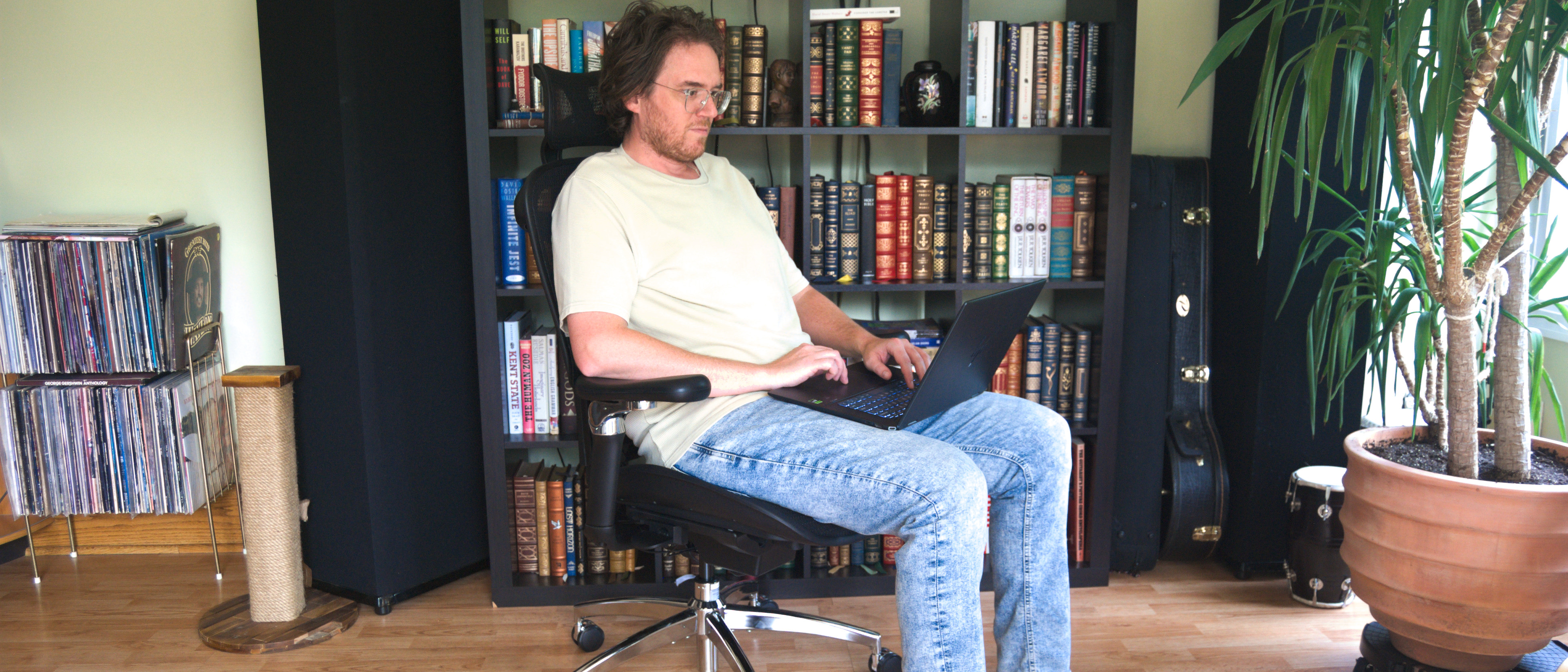Windows 10 S review: My time with the new edition of Windows
Windows 10 S is a new edition of Windows 10 that looks, and for the most part feels exactly like any other edition of Windows 10. This edition, however, has one major plot twist.
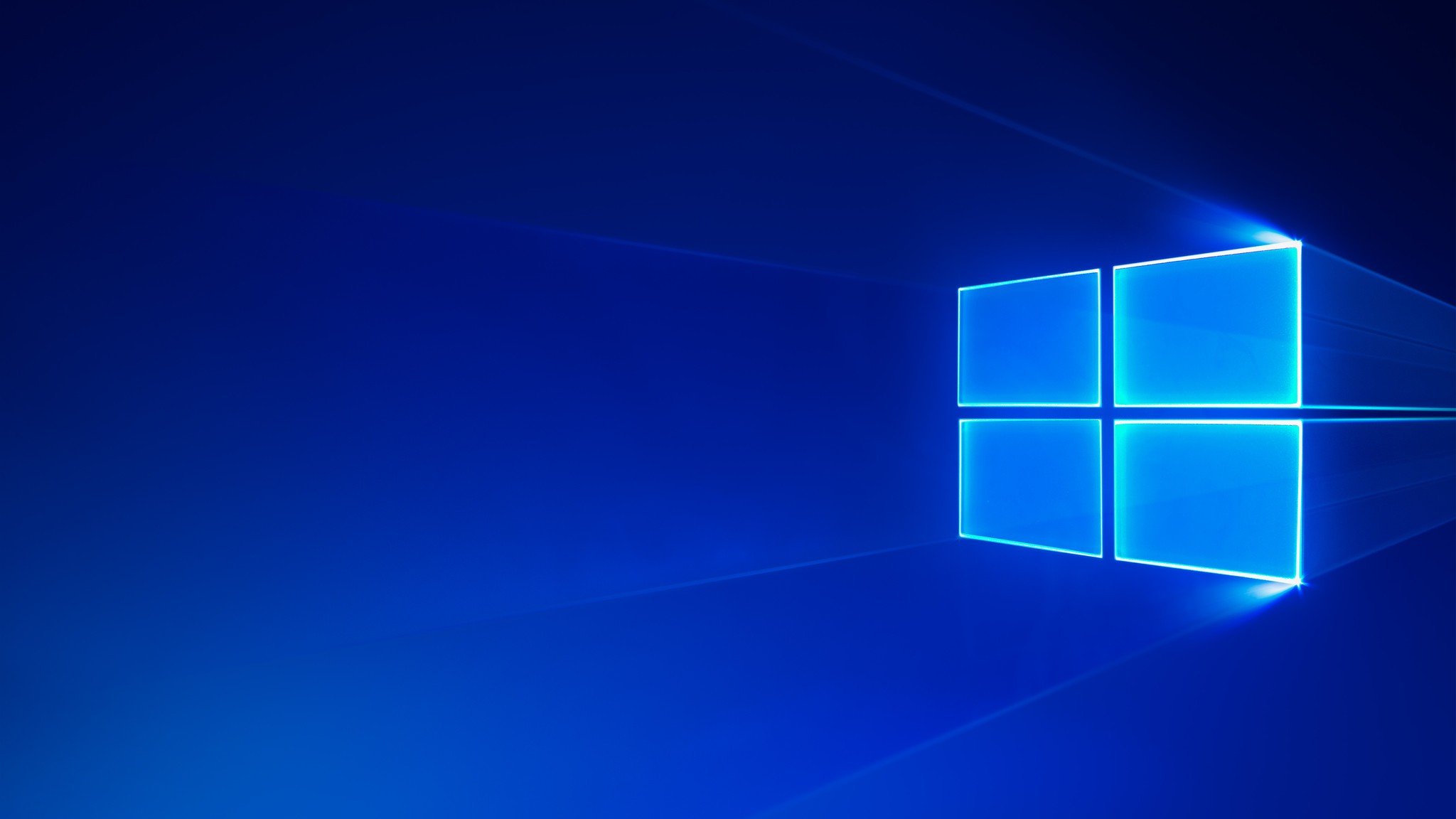
Microsoft has finally unveiled Windows 10 S, a new edition of Windows 10 built with one specific purpose: to take on Google Chromebooks in the education market. Education is an important area for Microsoft, and with Windows 10 S (which likely stands for schools), the Redmond giant plans to take back the education industry by storm.
But Windows 10 S isn't just for schools and the education market. Considering Windows 10 S is Microsoft's answer to Chrome OS, you can expect to see it show up on more consumer-orientated devices too. Just like how you can buy cheap or expensive Chromebooks, you'll also be able to go out and buy cheap or expensive Windows 10 S machines as well.
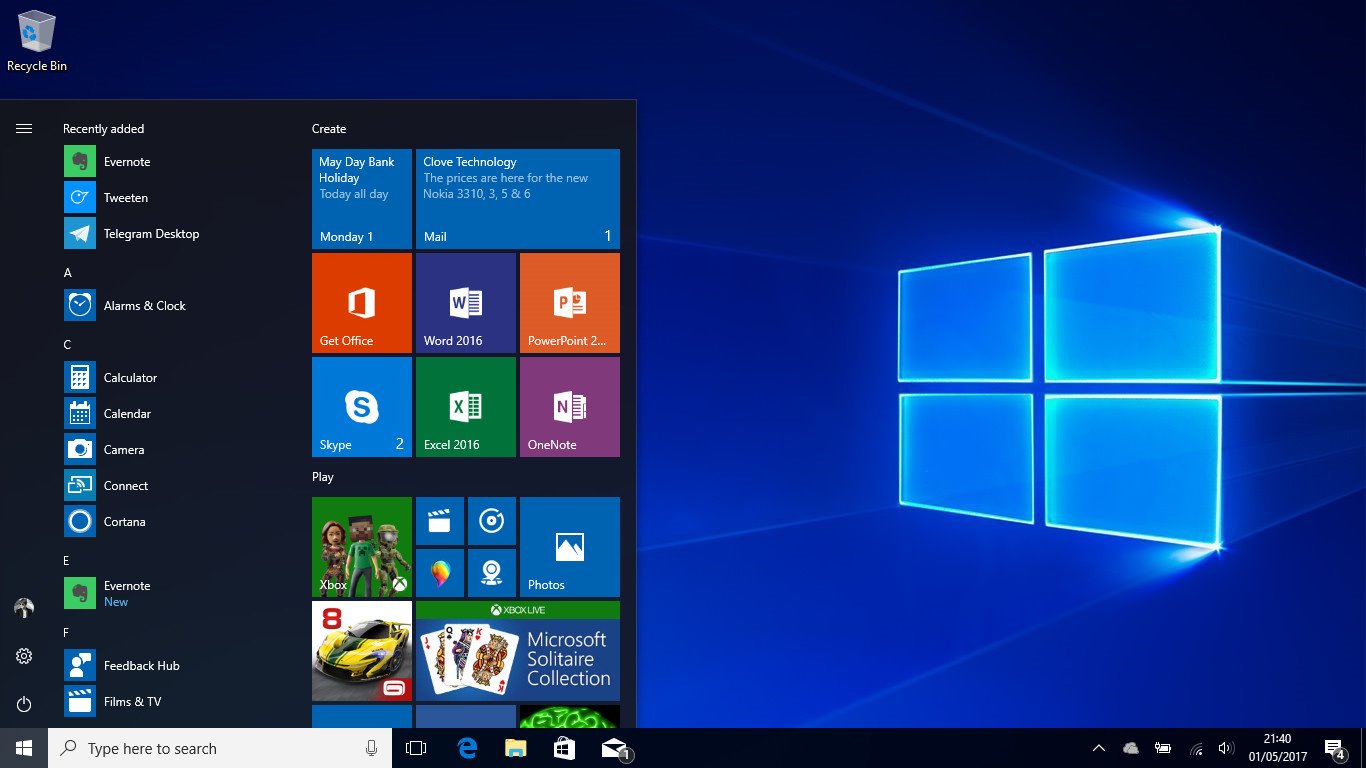
Now, you're probably wondering why we even need to 'review' or go hands-on with a new edition of Windows 10 to begin with. I mean, for the most part they're generally all the same right? That's usually the case, yes. But, Windows 10 S is slightly different in one major way. It's locked to the Windows Store, meaning apps from outside the Store simply won't install on Windows 10 S.
I've been using Windows 10 S (which when I first started using it, was called Windows 10 Cloud during development. Not that it matters, it's the same thing still) for around about a month now, so I feel I've been able to get pretty familiar with the limitations.
This limitation will likely be a pretty big deal for many Windows users. Luckily, most people probably won't encounter Windows 10 S in their daily lives, as this new edition of Windows 10 is aimed mostly at competing with Chromebooks. If you're not a fan of the Chromebook idea, you're likely not going to be very interested in Windows 10 S, and that's perfectly fine. Microsoft won't be forcing it onto you.
It's not what it sounds like
There's a common misconception with this new edition of Windows 10. Many are looking at it as some kind of "lite" version of Windows, as it being locked to the Windows Store means you can't install apps like Google Chrome or Adobe Premiere Pro. While true, Windows 10 S is absolutely not a "lite" version of Windows in any way, shape or form. It looks and behaves just like any normal version of Windows 10.
Windows 10 S can still run your traditional Windows apps and programs, as long as they're available in the Windows Store. That means if Google decides to put Chrome in the Windows Store, devices running Windows 10 S will be able to install it and use it. The only limitation on Windows 10 S is that you can't install the same apps from outside the Store. It simply doesn't let you.
All the latest news, reviews, and guides for Windows and Xbox diehards.
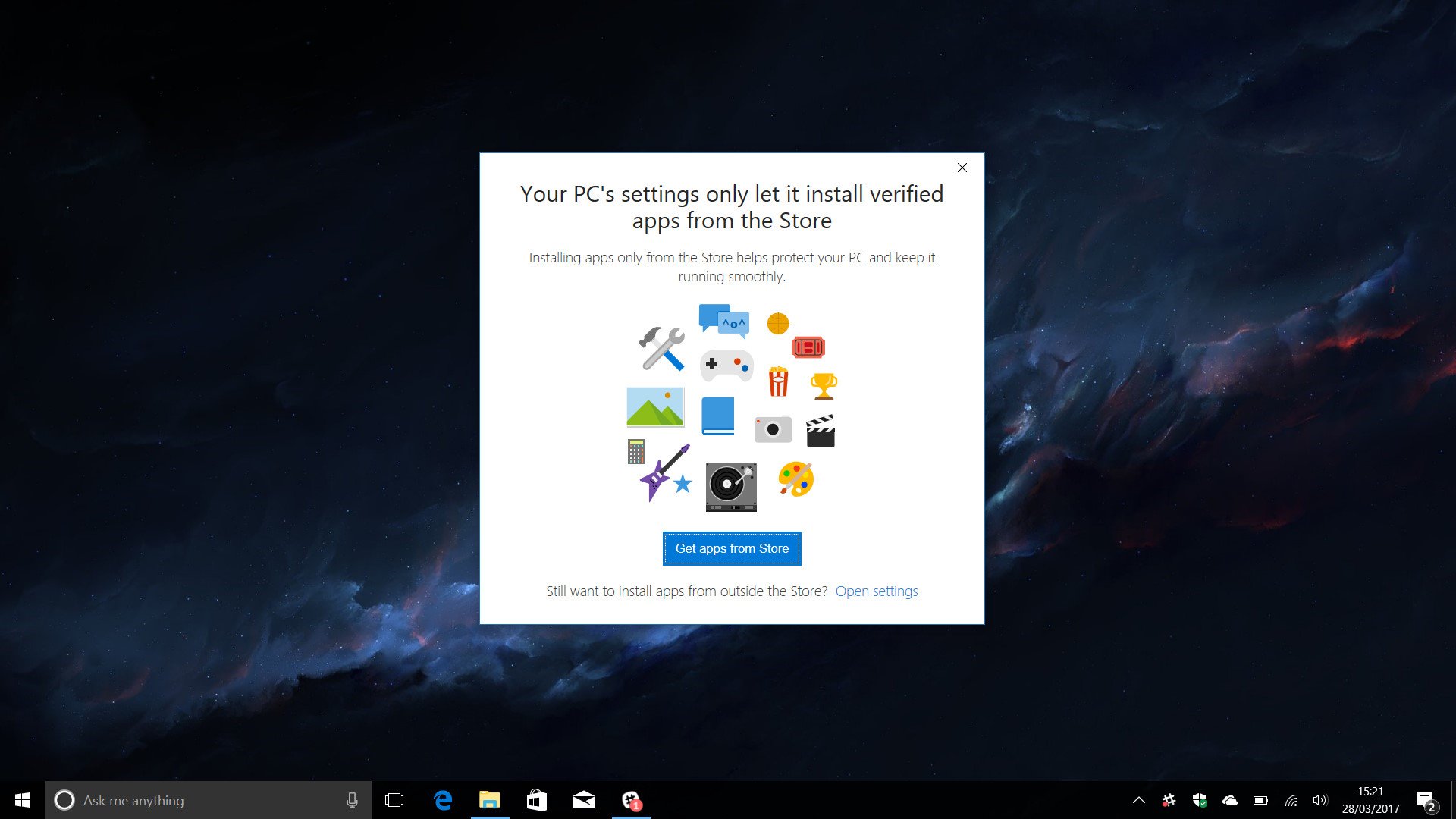
What happens if you try? You get a friendly popup telling you that this specific edition of Windows 10 is designed to help you stay safe, and that means limiting you to the Windows Store for apps and games. How does this make you safer? Well, Microsoft screens all apps that are submitted to the Windows Store, ensuring for the most part that they're safe for use.
If you try and install an app from outside the Store that's actually already available in the Store, the blocked app popup will actually link you to the Store where you can download the same app. Then, the app will install just fine. I've installed many popular Windows programs, including Evernote, Tweeten, Slack and more. They all work just fine on Windows 10 S.
What's more, Microsoft is bringing the full version of Microsoft Office to the Windows Store too. This means you'll be able to take advantage of the powerful Word, PowerPoint and Excel programs, as well as other Office Suite apps, all on your Windows 10 S device. This is most beneficial, especially for the target audience that Microsoft is aiming Windows 10 S devices at.
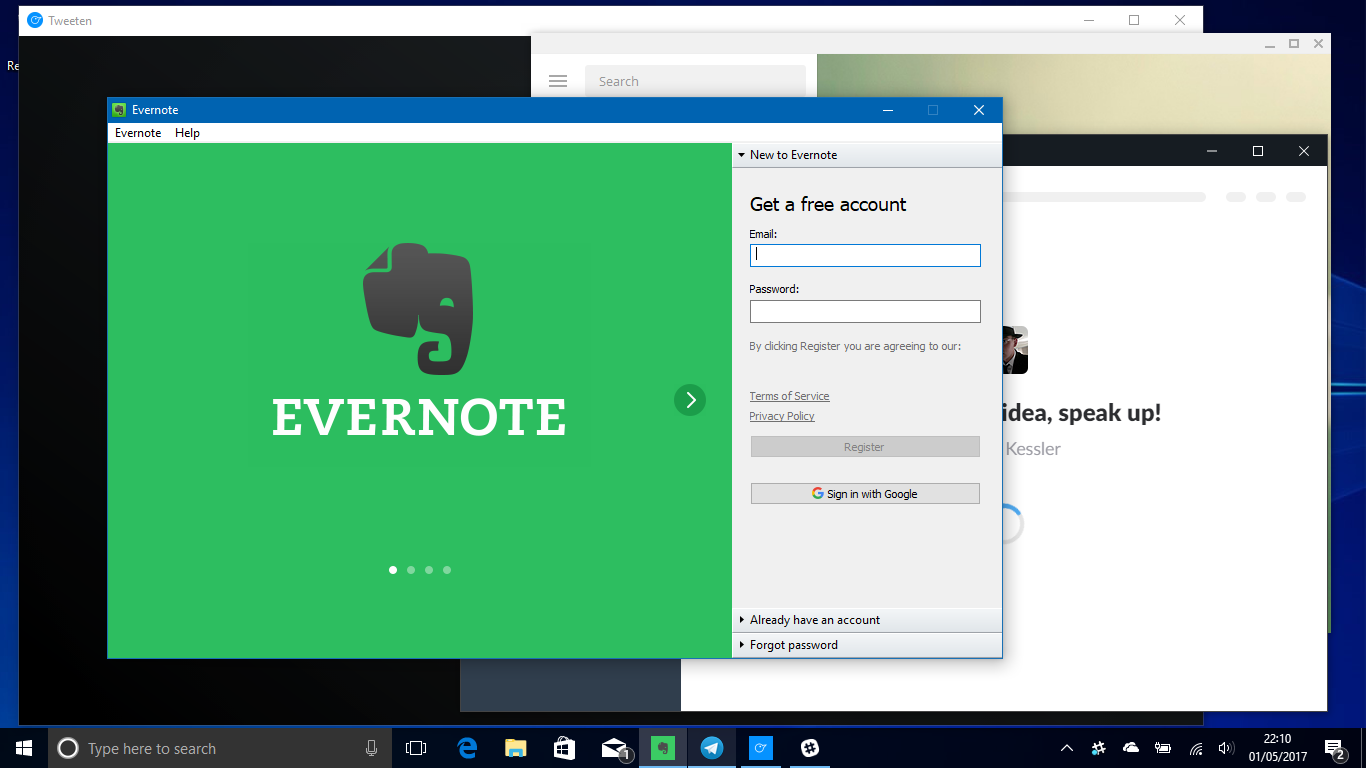
Now, admittedly there's still a plethora of programs missing from the Windows Store. Programs such as most of Adobe's Creative Cloud suite, Chrome, Firefox, XSplit, and many more. But if you're someone who needs to use those kinds of programs, you're likely not going to be looking at devices that come pre-loaded with Windows 10 S to begin with.
Remember, Windows 10 S is for people who like Chromebooks. It's for lightweight devices where the user spends most of their time in a web browser. That's all Chrome OS is, a glorified web browser. Windows 10 S brings the power of Windows to that same market, where the user can take advantage of things like the full version of Office, Cortana, OneDrive and more.
So let's talk about my usage. I'm what one might consider a light power user. I'm not using three monitors with thousands of keyboard shortcuts, but I do require a few powerful programs that aren't currently available in the Store. I'm often using XSplit and Premier Pro for video producing. So immediately, Windows 10 S is not for me. Or isn't it?
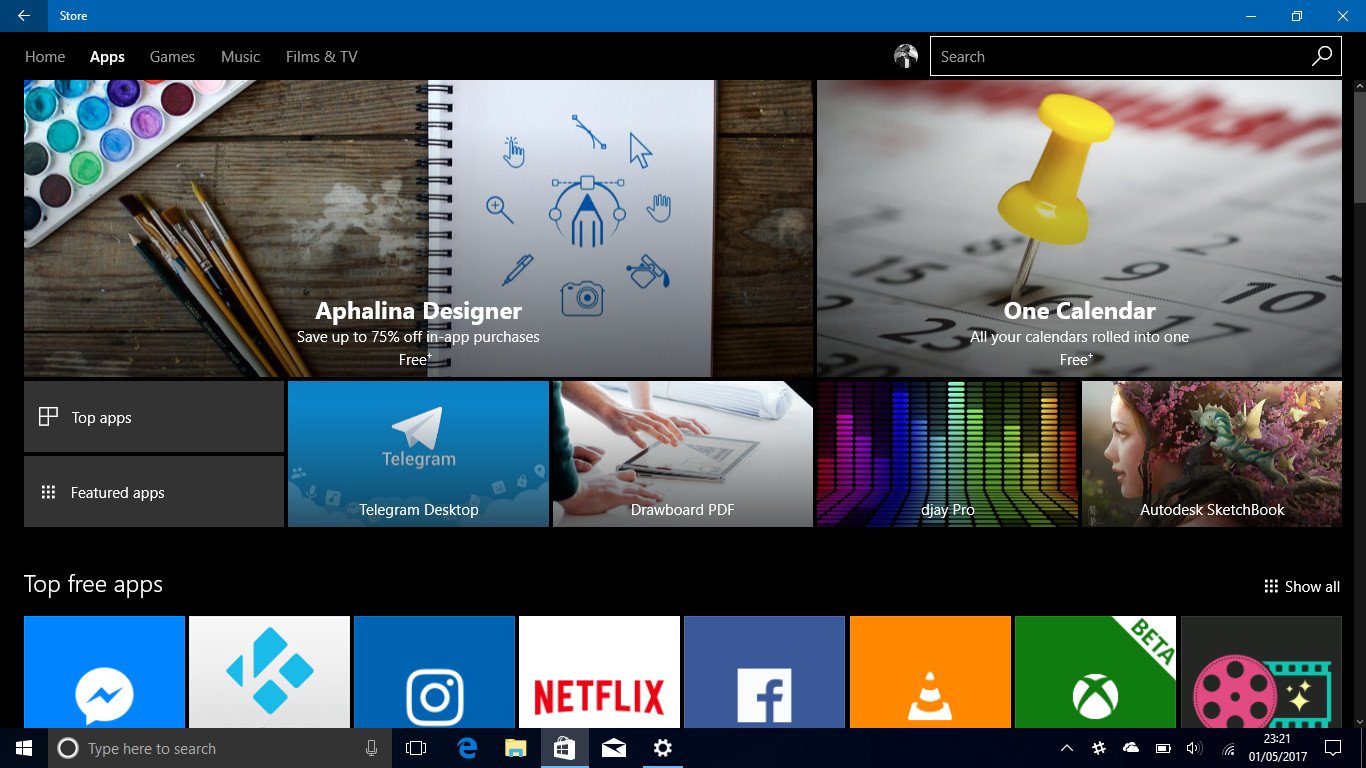
I didn't install Windows 10 S on my main desktop, because that'd be silly. Windows 10 S isn't for that, so why would I put it there? As I've mentioned already, Windows 10 S is designed for devices like Chromebooks. So, instead of putting it on my machine where I expect to be using programs from outside the Store, I put it on my Surface 3 and HP Stream 11 devices instead.
This is where Windows 10 S makes the most sense, on devices where you're likely not going to need any programs from outside the Store. I don't use my Surface 3 to edit videos with Premiere Pro, I use it to browse the web, check email and watch movies. Windows 10 S, on my Surface 3, has been nothing but a pleasure to use. It's fast, lightweight, and secure.
What's more, since you can't install rogue Win32 programs from outside the Store, battery life should be slightly better too. So, I've been using Windows 10 S on devices where I know my usage scenario won't require me to be downloading apps from outside the Store, and on those devices, Windows 10 S has felt exactly like any other edition of Windows 10.
You can upgrade it
Most importantly, Microsoft doesn't actually limit you to Windows 10 S on a device that comes preloaded with it. If you really, really want to, you can go ahead and upgrade yourself to Windows 10 Pro, unlocking the ability to run programs from outside the Windows Store. This is excellent for devices like the Surface Laptop, a premium device, where users may want to take advantage of apps from outside the Store.
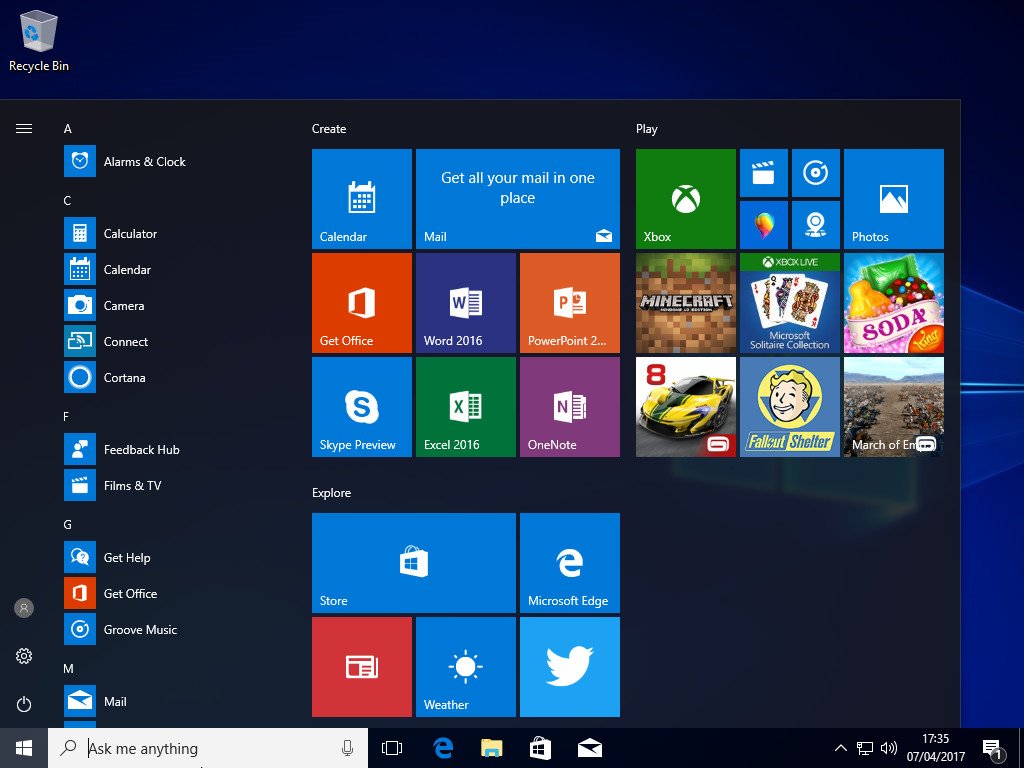
The upgrade isn't super expensive either. It'll only be $49.99 if you're a consumer, and free if you're a student. So Windows 10 S really isn't all that bad. In fact, I'd say it's better than normal Windows 10, depending on the device you're using it on of course. It's definitely more secure, as it can't run any install executables unless it came from the Store.
I'd definitely say Windows 10 S is a better OS for light web browsing compared to Chrome OS, because Windows 10 S comes with the added benefit of being Windows. It's still Windows 10, with all its Windows 10-ness, minus all the complicated Windows 10 fluff like CMD, Regedit and more. You just get Store apps, and the familiar Windows desktop, which I think is great for a huge chunk of "average" users.
And "average" users is exactly what this version of Windows 10 is targeting. Students in college, people who just use apps and browse the web, will benefit most from Windows 10 S. Now I know there will be people who disagree, and that's fine. But this is a version of Windows 10 that exists, and it exists to cater to that demographic. I've enjoyed my time with Windows 10 S on my Surface 3 and HP Stream x360.
Windows 10 S will be available on the new Surface Laptop, and hardware from 3rd party OEMs this year. Stay tuned to Windows Central for more.


